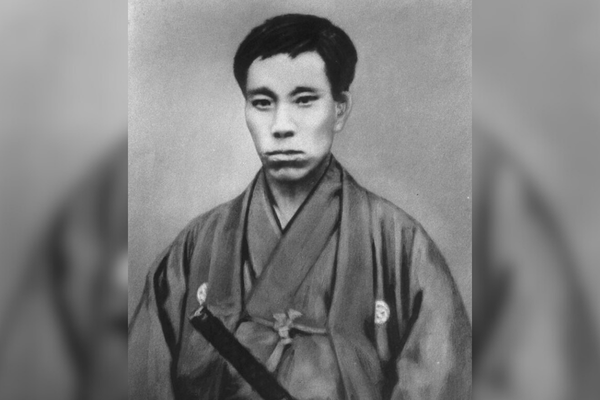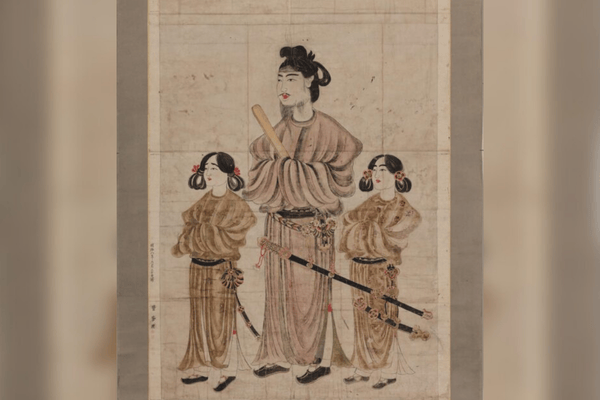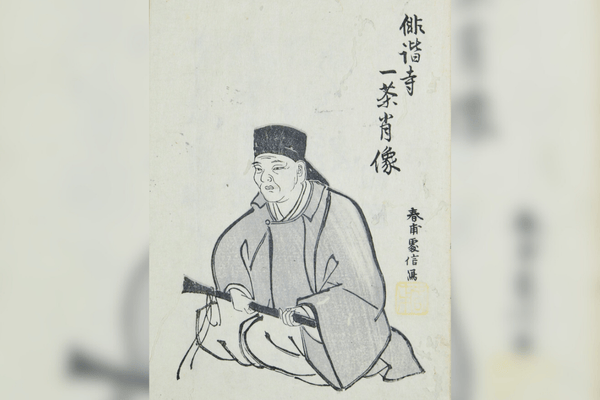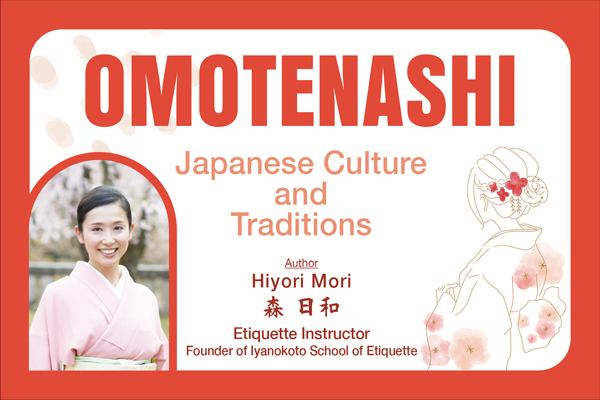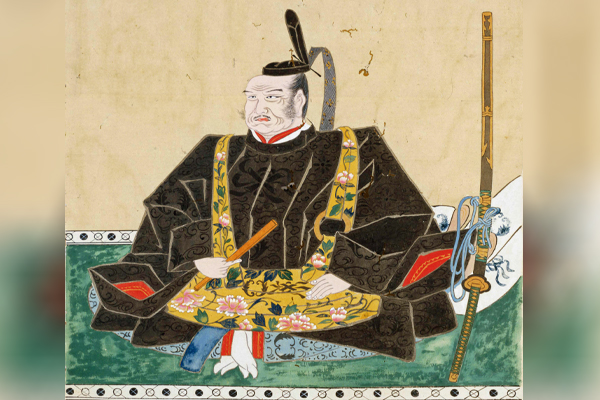Muneshige Tachibana was a renowned samurai who lived and thrived during Japan’s Sengoku period. Known for his undefeated record in battle, he was called “The Invincible Warrior of the West” due to his numerous exploits in western Japan.
View More JAPANESE SAMURAI / Heihachiro TogoCategory: LEARNJAPAN
JAPANESE SAMURAI / Bakin Kyokutei
Muneshige Tachibana was a renowned samurai who lived and thrived during Japan’s Sengoku period. Known for his undefeated record in battle, he was called “The Invincible Warrior of the West” due to his numerous exploits in western Japan.
View More JAPANESE SAMURAI / Bakin KyokuteiTrip 2 JAPAN | Beyond Sightseeing: Exploring Japan Through Food, Culure, and Unique Experiences
With the continued trend of a weak yen, the number of visitors to Japan has been steadily increasing. In 2024, the number of inbound tourists reached 36.86 million, setting a new all-time annual record. Notably, the United States ranked 4th in the number of visitors by country. Japan’s rich cultural heritage, exquisite cuisine, and breathtaking seasonal landscapes continue to captivate travelers from around the world. At the same time, travel styles are becoming increasingly diverse. In the past, many tourists focused on experiencing Japan’s history by visiting famous temples and strolling through old townscapes. However, today’s travelers have a wider…
View More Trip 2 JAPAN | Beyond Sightseeing: Exploring Japan Through Food, Culure, and Unique ExperiencesJAPANESE SAMURAI / Shinsaku Takasugi
Muneshige Tachibana was a renowned samurai who lived and thrived during Japan’s Sengoku period. Known for his undefeated record in battle, he was called “The Invincible Warrior of the West” due to his numerous exploits in western Japan.
View More JAPANESE SAMURAI / Shinsaku TakasugiQuick & Easy: The Rise of Japan’s Frozen and Instant Foods
Shimokitazawa in Tokyo’s Setagaya City. Unique shops come together in this town that fosters a culture of originality.
View More Quick & Easy: The Rise of Japan’s Frozen and Instant FoodsJAPANESE SAMURAI / Umayado no Oji (Prince Umayado)
Muneshige Tachibana was a renowned samurai who lived and thrived during Japan’s Sengoku period. Known for his undefeated record in battle, he was called “The Invincible Warrior of the West” due to his numerous exploits in western Japan.
View More JAPANESE SAMURAI / Umayado no Oji (Prince Umayado)SAMURAI Legends: A Samurai Spirit Lives On / Hideo Naito
Muneshige Tachibana was a renowned samurai who lived and thrived during Japan’s Sengoku period. Known for his undefeated record in battle, he was called “The Invincible Warrior of the West” due to his numerous exploits in western Japan.
View More SAMURAI Legends: A Samurai Spirit Lives On / Hideo NaitoJAPANESE SAMURAI / Issa Kobayashi
Muneshige Tachibana was a renowned samurai who lived and thrived during Japan’s Sengoku period. Known for his undefeated record in battle, he was called “The Invincible Warrior of the West” due to his numerous exploits in western Japan.
View More JAPANESE SAMURAI / Issa KobayashiOMOTENASHI: “Japanese New Year Decorations and Their Origins”
Japanese New Year Decorations and Their Origins In Japan, New Year’s Day (January 1st) is the most important holiday of the year. Similar to Thanksgiving in the United States, families gather to celebrate the start of a new year. As part of these celebrations, special seasonal decorations are prepared. These include shimenawa (sacred ropes made of braided straw), kadomatsu (decorations made of pine and bamboo), and kagami mochi (decorative rice cakes). Each of these has a significant meaning and role, but in this article, we will focus on shimenawa. In Japan, many people follow Shinto (one of Japan’s two main…
View More OMOTENASHI: “Japanese New Year Decorations and Their Origins”JAPANESE SAMURAI / Muneshige Tachibana
Muneshige Tachibana was a renowned samurai who lived and thrived during Japan’s Sengoku period. Known for his undefeated record in battle, he was called “The Invincible Warrior of the West” due to his numerous exploits in western Japan.
View More JAPANESE SAMURAI / Muneshige TachibanaInterview with Ryoma Takeuchi and Kento Kaku from Amazon Prime Video’s “Like a Dragon: Yakuza”
New Live-Action Series Based on SEGA’s Hit Game Set for Release! Amazon’s original drama Like a Dragon: Yakuza, based on the hit video game franchise, launches Thursday, October 24 with an exclusive worldwide streaming release on Prime Video. Developed from an original script, the series is based on the hit SEGA game series “Like a Dragon.” The protagonist, Kazuma Kiryu, is played by actor Ryoma Takeuchi. Kazuma Kiryu’s sworn brother and childhood best friend, Akira Nishikiyama, is played by actor Kento Kaku. The two actors made a surprise appearance at a panel discussion at San Diego Comic-Con, one of North…
View More Interview with Ryoma Takeuchi and Kento Kaku from Amazon Prime Video’s “Like a Dragon: Yakuza”Japan is Suffering from Rice Shortage!?
Japan is currently facing a nationwide rice shortage, impacting daily life and causing concern among consumers. Supermarkets across the country are struggling to keep rice on their shelves, with many implementing purchase restrictions to prevent hoarding. The scarcity has led to significant price increases, with some retailers reporting that rice prices have doubled compared to last year. In Tokyo, a 5kg bag of rice now costs around 3,000 yen, a 20% increase from the previous year. Several factors have contributed to this shortage, including lower rice production in the previous year and higher demand from increased tourism. The Agriculture Minister…
View More Japan is Suffering from Rice Shortage!?



